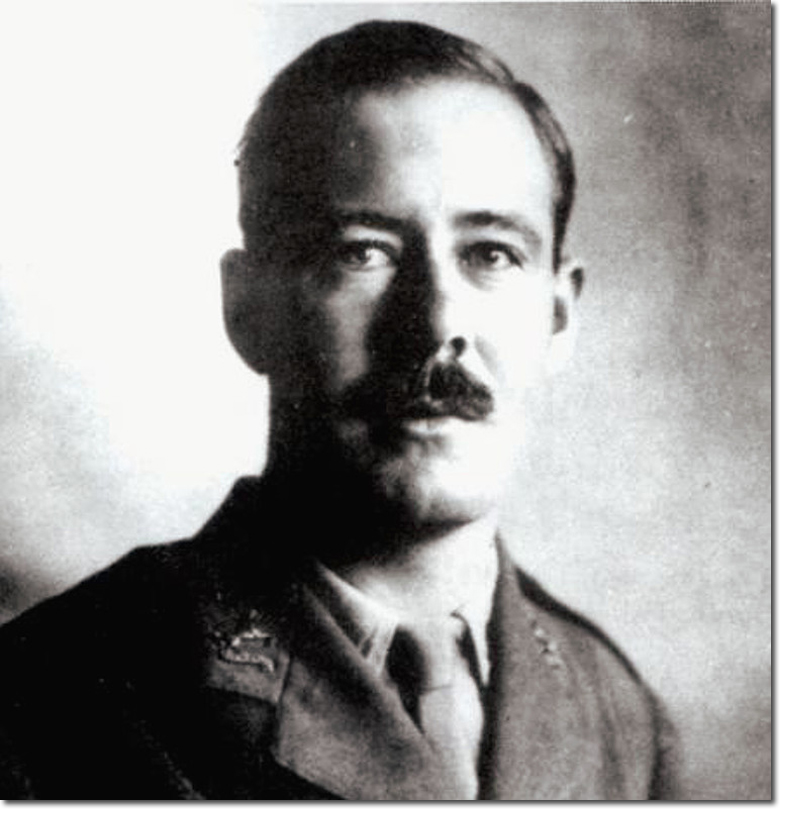|
|


|
|
Oswald Reid was a captain in the 1st Battalion, King’s Liverpool Regiment with which he served in France, but was wounded and transferred to the 2nd Battalion in India. When they went to Mesopotamia he was with them, and it was on the Dailah River, on 8 March 1917, that he was with the advance guard on the side of the river but cut off from the main force because the pontoon bridge had been sunk. The advance guard was attacked by Turks with bombs and machine-gun fire but Reid’s small post maintained their position for 2 days even after their ammunition ran out. His determination and tenacity, despite the fact that he was wounded in the course of the fighting, brought about the successful crossing of the river to bring his men to safety during the night.
Oswald Austin Reid was born in Johannesburg on 2 Nov 1893. His father was Harry Austin Reid, an architect and former officer in the British Army. His mother was Alice Gertrude Reid, a pioneer of Johannesburg and Kimberley. Oswald was the eldest of seven children and was educated at the Diocesan College, Cape Town and St John’s College, Johannesburg, and then in 1910, at the age of 17 he was sent to England to be a successful student at Radley College. After school he studied agriculture but war broke out and he was commissioned into the 4th Battalion, King’s Liverpool Regiment. He served with them in France but was wounded and sent back to England. He returned to France and was transferred to the 1st Battalion as a captain. In the battle of Arras he was wounded again and seconded to the 2nd Battalion in India. He fought in the Mohmand campaign and then they were sent to Mesopotamia, taking part in the fighting at Kut, Baghdad and Sammarah. It was in that campaign where he showed his capability as a commander at the Dailah river. He was recommended for the VC and it was gazetted on 8 June 1917. He was presented with his medal at Buckingham Palace by the King on 22 Feb 1919. Later he joined the force sent to Russia to fight the Bolsheviks, and finally left the army on 6 Feb 1920. He returned to South Africa and attempted to become a politician, but he failed to be elected and became ill with pneumonia. His war wounds had caused a deterioration in his health and he died in hospital in Johannesburg on 27 October 1920. He was buried in Braamfontein Cemetery. |
Armed Forces | Art and Culture | Articles | Biographies | Colonies | Discussion | Glossary | Home | Library | Links | Map Room | Sources and Media | Science and Technology | Search | Student Zone | Timelines | TV & Film | Wargames